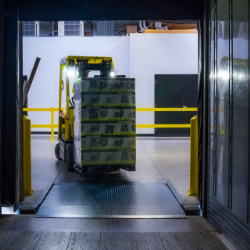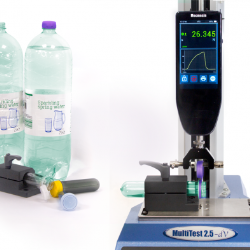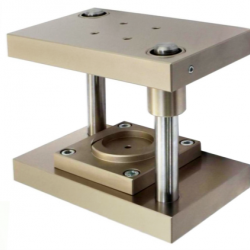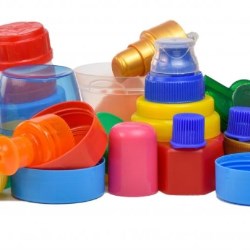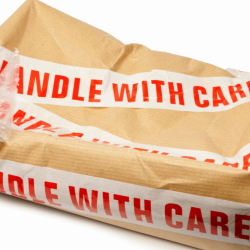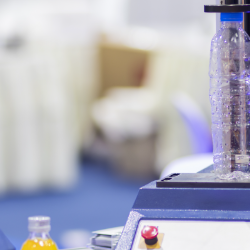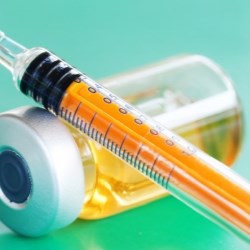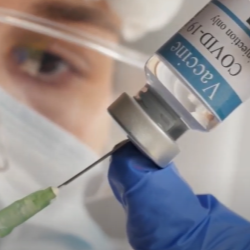Public
Mecmesin Catalog
Mecmesin Certificates
Mecmesin Documents
Mecmesin Locations
Mecmesin News
Mecmesin Videos
If this is your company, CONTACT US to activate Packbase™ software to build your portal.


Manufacturers of products which include a critical screen surface, generally apply a plastic film as protection during assembly, packing and transit to the end customer. The screen protector is then peeled off by the user to enable optimum clarity and full functionality of the display (in the case of a touchscreen).
The protective material must have adequate abrasion-, chemical-, and scratch-resistant properties to ensure that the product surface underneath is in perfect, residue-free condition when required for use.
To optimise production rates at the point of manufacture, the film must also be easy to apply and guarantee consistent application to the screen. Manufacturers and processors of protection film must therefore test the surface release force to peel the release liner from the protector itself. The backing should require consistent, minimal effort to remove—without tearing—leaving the screen protector securely bonded to the product surface.
The physical properties of the release agent, the liner backing, the adhesive and the surface protector film all influence the peel characteristics. The capability to test the peel behaviour enables the protective film manufacturer to produce a reliable product to their own customers, irrespective of variability in supplied raw materials.
Solution
International test standards stipulate that peel testing must be performed at a constant speed whilst maintaining a constant peel angle between the adherend and the substrate. For a flexible film, a typical test would be a 180 degree peel.
By maintaining consistency of angle and speed throughout the test, the optimal accuracy and repeatability of results is achieved. Mecmesin’s FPT-H1 dedicated Friction Peel Tear tester has been designed as an all-in-one system for this purpose.
The specimen-preparation accessories can be used on flat, stamped/cut-to-size or rolled films. Our industry-standard grips ensure manufacturers are able to conduct quality-control checks in full compliance to international and in-house methods. ‘TLMI Test Method No. 2 - 180° Peel Adhesion — Release Liner’, provides a specialised procedure applicable to the label and package printing industry.
Software-controlled testers display the tensile force characteristics graphically, indicating the peak force, and calculating the 'force per unit width' required to continue peeling the joint after initiation. Results are typically expressed as N/mm width. The data are of vital importance in controlling upstream processes and minimising variation effects:
- Application force of the liner in production
- Liner material strength and tear resistance
- Release agent formulation – typically silicon or wax, minimal transfer, no performance impact on materials
- Adhesive formulation – this should remain on the liner material, leaving the protected surface clean and residue-free
- Impact of printing on the substrate surface; logos, decals, legal info, disposal recommendations, etc.
- Material properties of the PET – optimising sustainability parameters for these plastics
Test equipment
- FPT-H1 Friction Peel Tear software-controlled test system
- Specimen preparation accessories
- Peel fixtures and grips


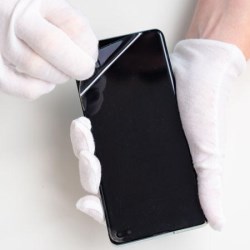
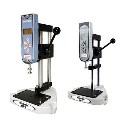
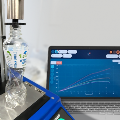
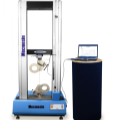
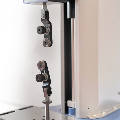
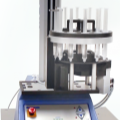
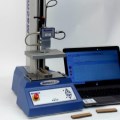
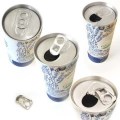
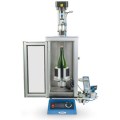
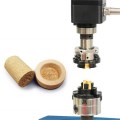
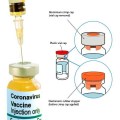
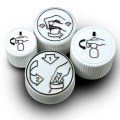
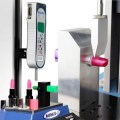
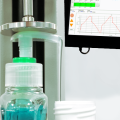
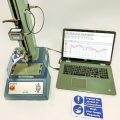
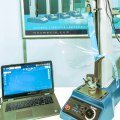
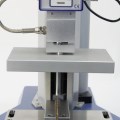
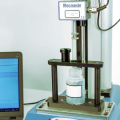
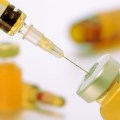
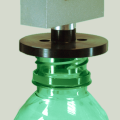
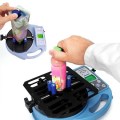
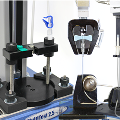

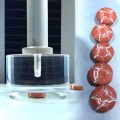
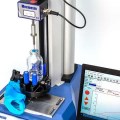
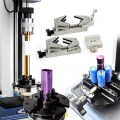

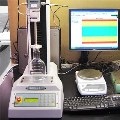
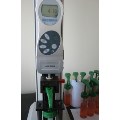
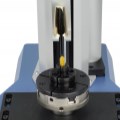
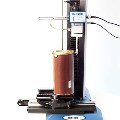
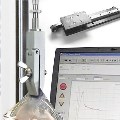
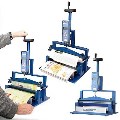

.jpg)
